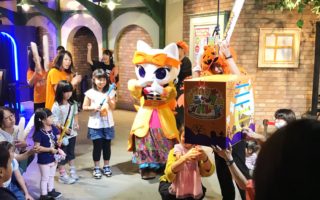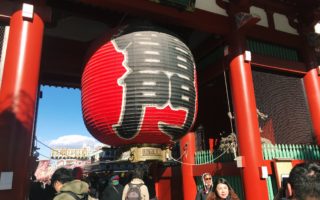A couple of weeks ago, K and I decided to jump in the car and go to a mountain town that’s about an hour away from home. Now that I’m progressing into the second half of my pregnancy, I prefer having the comfort of our own car rather than having to rely on public transportation and our feet to get from place to place. I’m sure we’ll make it into the city a couple more times before our daughter comes along (April 16 is approaching fast!), but it was a welcome change to venture out into the country instead! 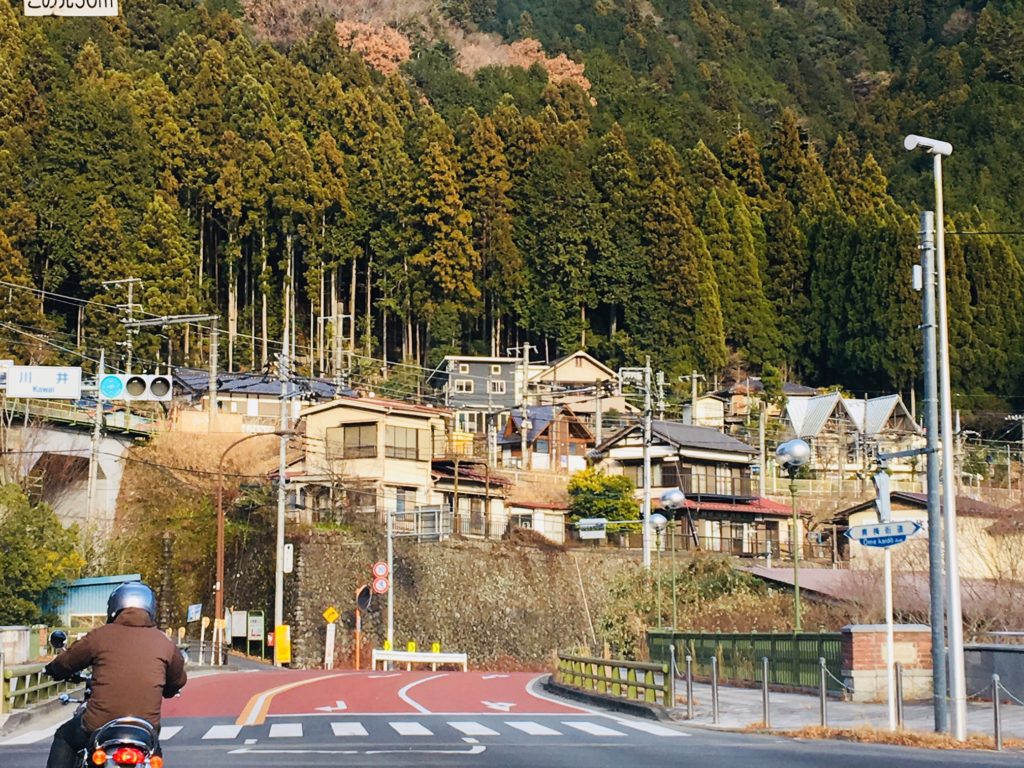
I love seeing how the homes are built right into the mountainside or stacked so closely together at the base of the mountain. The houses and the landscape actually remind me of when I studied abroad in Bilbao, Spain (also a mountainous region). It’s always amazing to see how people have adapted to living in different environments and terrains around the world.
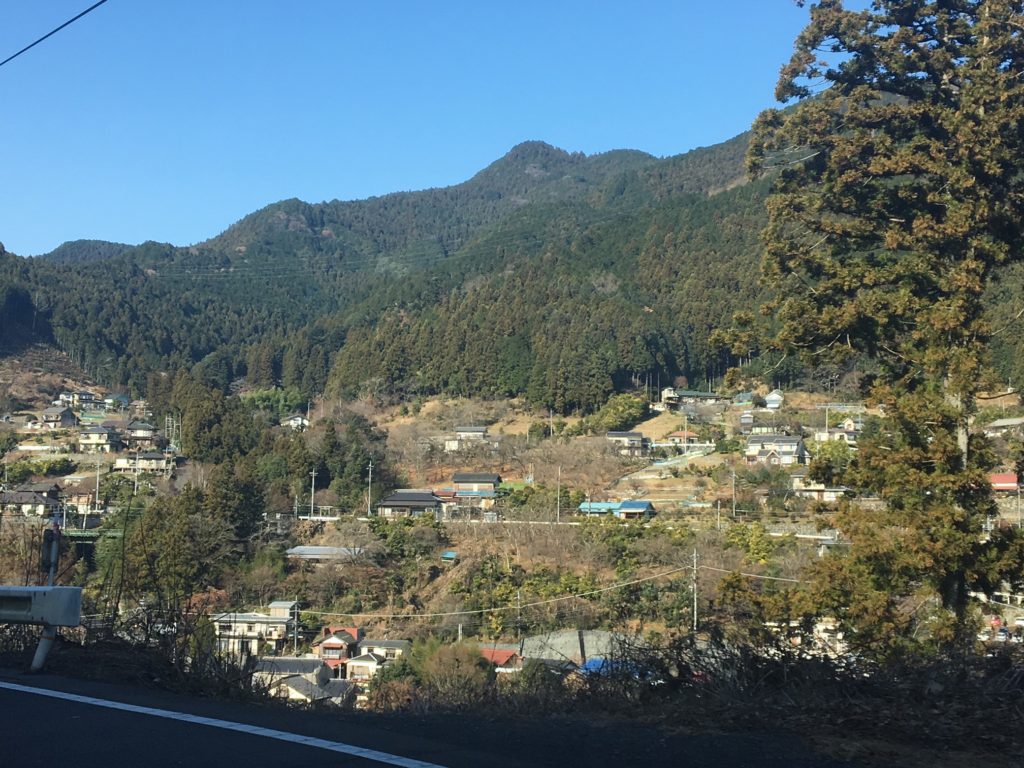
K had heard about Okutama from one of his coworkers, who had gone on a hike there. Although the town itself is miniscule, the municipality is the largest in Tokyo. Both the westernmost and northernmost points of Tokyo lie in Okutama. Even with it being about a two hour car ride from the city’s center, this tiny town is still considered part of Tokyo. When you first hear the word Tokyo, all you think about is the hustle and bustle of the city. However, Greater Tokyo encompasses so much more! For an idea of the size of it, here’s a few pictures to put it in perspective!
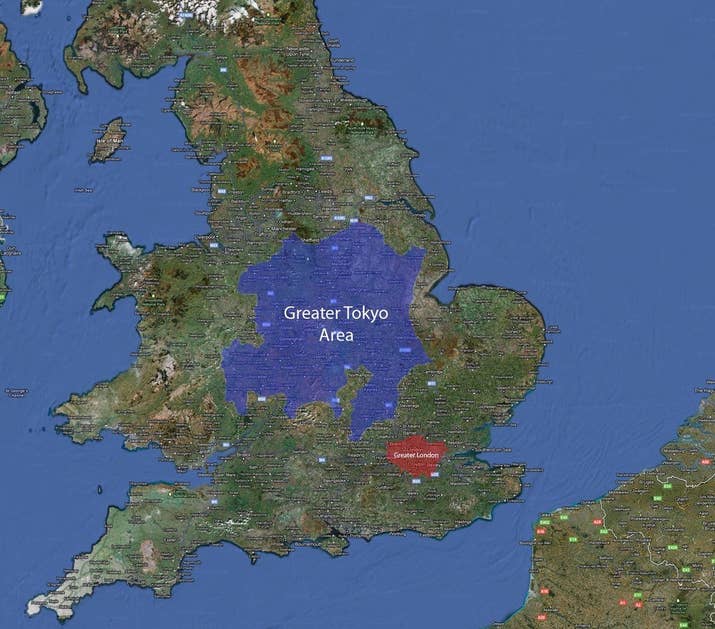

Here’s a map showing just how sparsely the outlying areas of Tokyo are!

The metropolitan area of Tokyo actually has a greater population than Australia (23 million) and Canada (35 million), coming in upwards of 37.8 million people. No wonder the Japanese are so practical and efficient!
Even though the town is small, Okutama is known for its plethora of outdoorsy activities. In the summer, you can rent a fishing pole and hire a local townsperson to cook the fish for you as you catch them. Okutama was the first place in Tokyo to be approved as a forest therapy site; there are various therapy programs where you hike into the mountains for sessions of yoga, pottery and soba noodle making. There are also three major mountains in the Okutama range which have hiking trails of varying intensities, all of which have amazing views of Mt. Fuji from the summit. The Tama River provides endless opportunities for kayaking, canoeing, fishing charters and hiking along canyons. This little hidden oasis is definitely somewhere we want to return to when the weather’s warmer!

For our day, we planned to skip anything too strenuous and opted for a walk around the lake and a mission to track down some locally made soba noodles! We stopped at Ogouchi Dam, where there were small groups of locals cooking out and picnicking along the lake.

I was taken aback by the sheer size of the lake, although it shouldn’t have surprised me so much–this freshwater reservoir is on of the main sources of water for Tokyo.
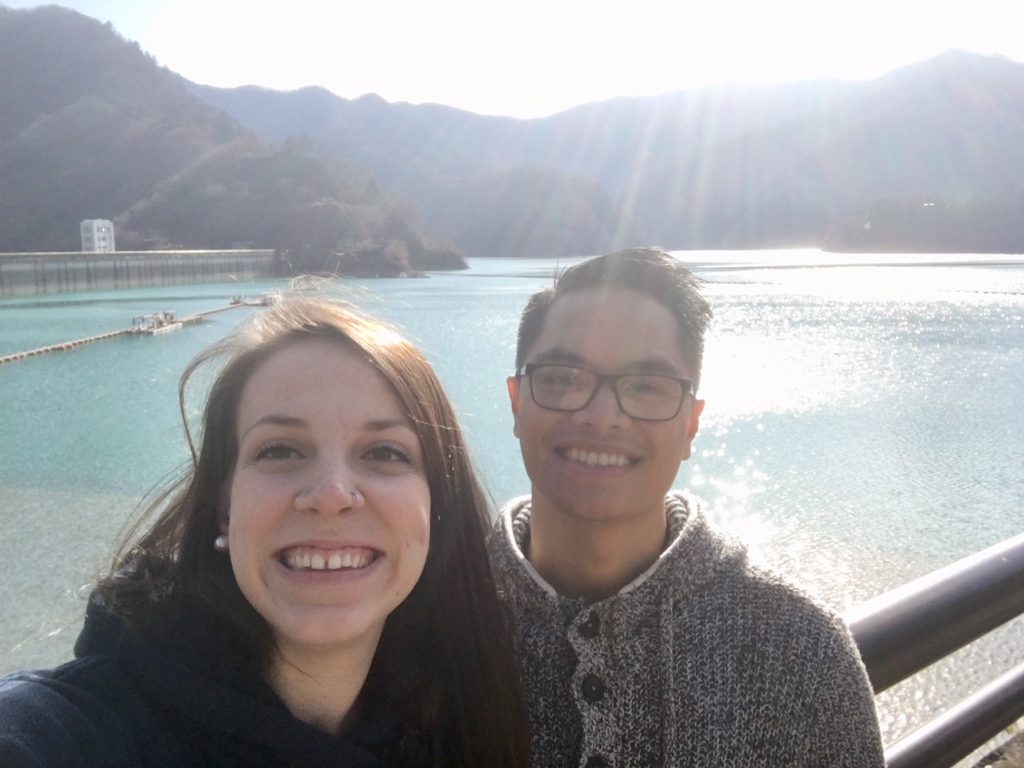
The lake extended much farther than the pictures can do it justice, weaving and winding along the bases of the mountains.
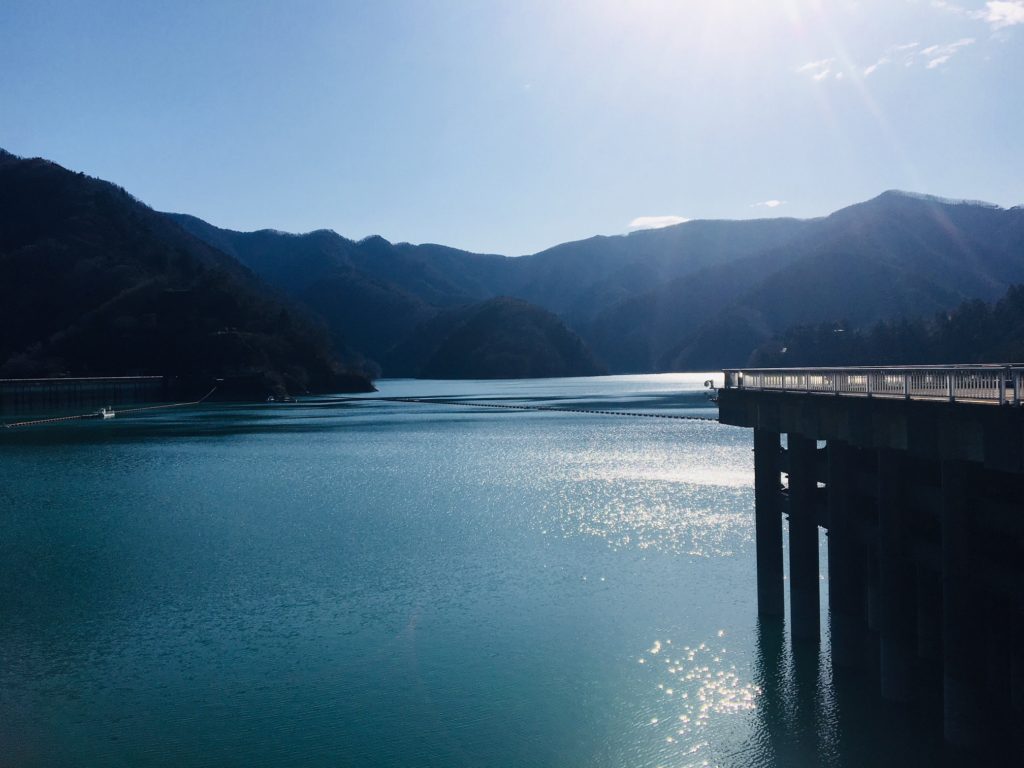
With the smell of food wafting towards us and lunchtime creeping closer, we decided to push on in search of these soba noodles we’d heard about. Kris’s coworker had said there was a restaurant you could hike to, but I found another place recommended on a travel blog that looked over the lake and was supposed to be phenomenal! We kept driving around the long narrow road that wove through the mountains, passing through at least 10 small tunnels carved into the mountainside. We saw a few places that possibly looked like they could have been restaurants, but also seemed like they could be somebody’s house! We finally figured that we had gone too far and retraced our path back.
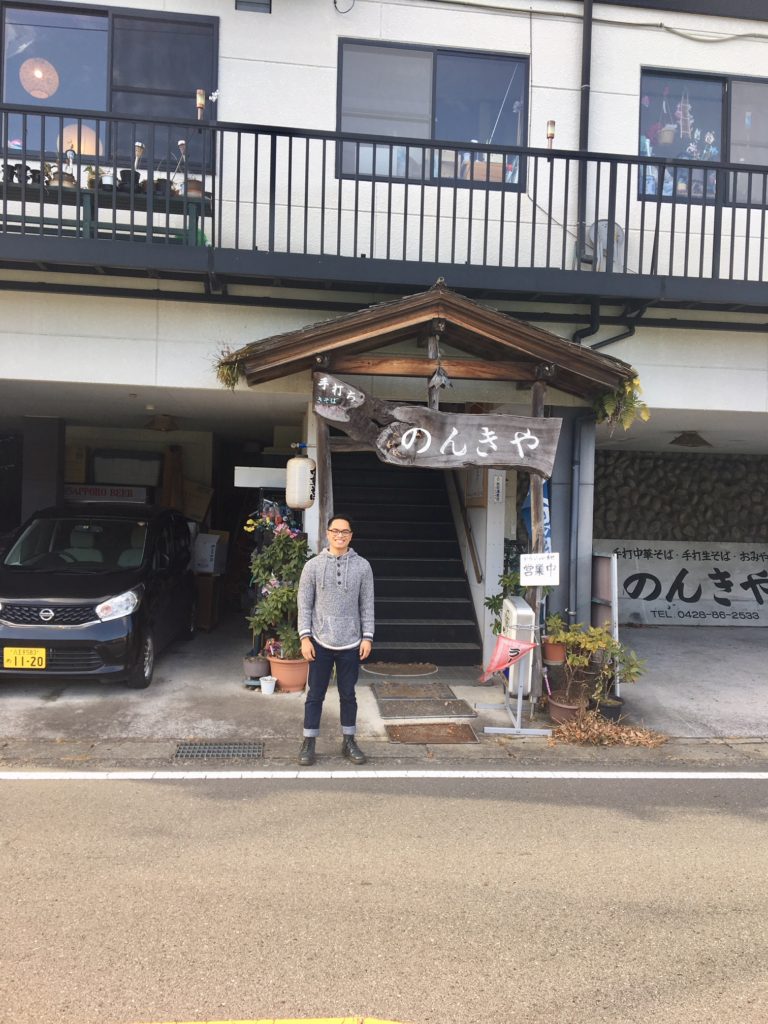
Although not your typical restaurant storefront, we stopped at one of these house/restaurant places we’d questioned the first time around. Passing this small sign as we walked up, this seemed like a promising hint to what laid inside.
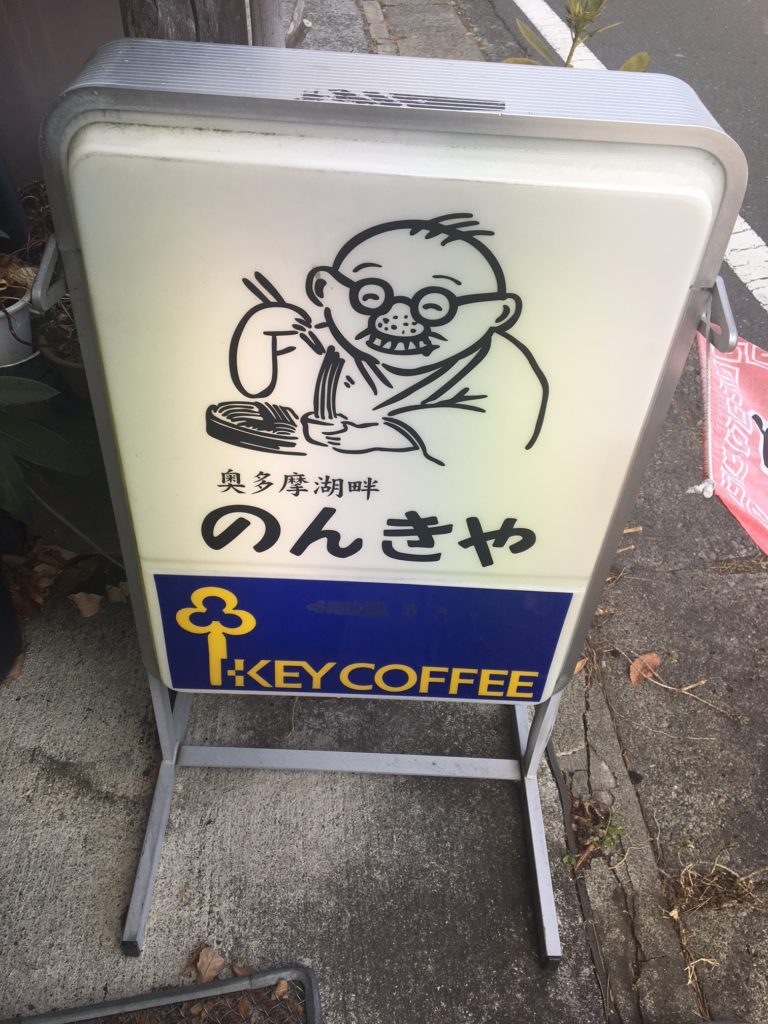
This must be the place! We ventured up a flight of stairs and were relieved to find a small eating area at the top. We had found the right restaurant!
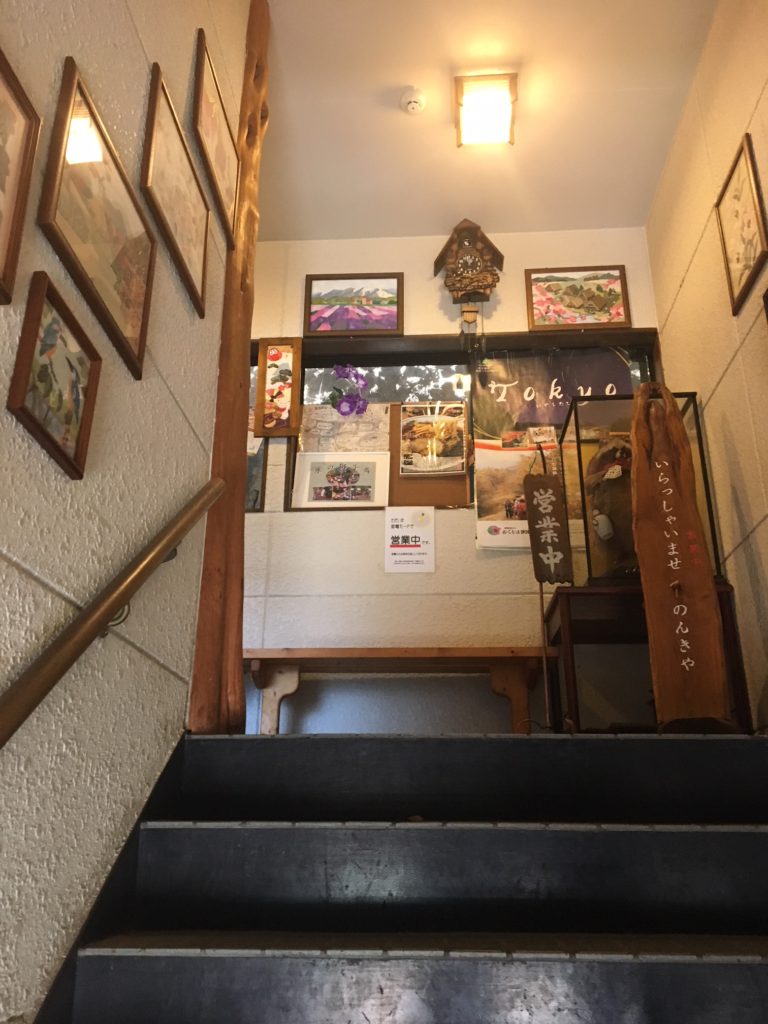
The waitress gestured towards an empty table and we took our seats.
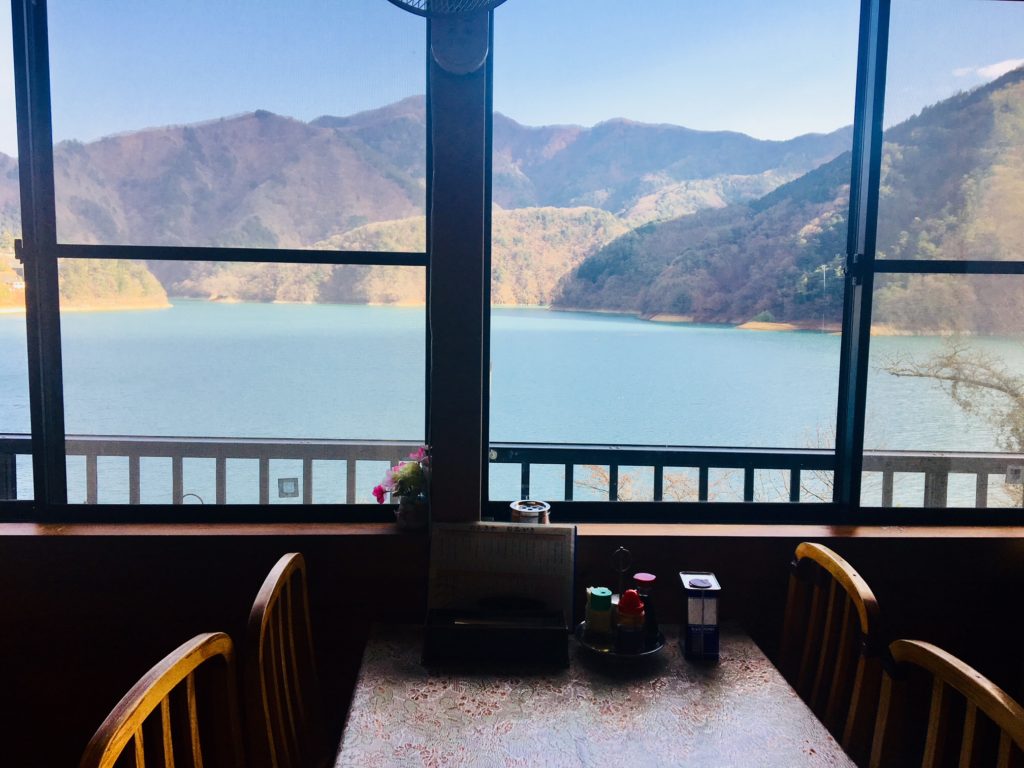
However, the next task before us was even more daunting than trying to find the restaurant–deciphering the menu! The menu looked similar to the picture below; all written in kanji or katakana with no pictures for us to fall back on. At all the restaurants we’d been to previously, whether around base or in the city, there was always pictures, an English menu, or a staff member who spoke some English. No such luck here!
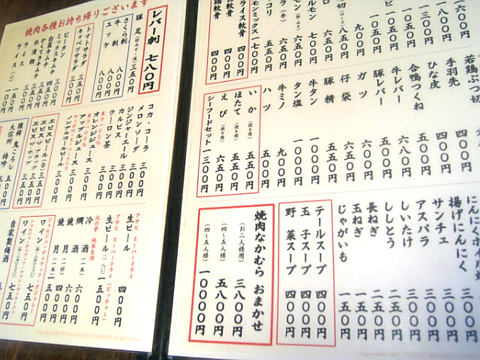
After panicking slightly and jealously eyeing up another table who had plenty of delicious food in front of them, we tried taking a picture of the menu and plugging it into Google Translate. Some of the words would translate correctly, but other lines would have a word that’d throw us way off (couch, fire, horse!). I really didn’t want to accidentally order something with horse meat! The waitress seemed as nervous to work with us as we were to attempt to order, and we had to make a serious effort to flag her down to come back to our table (even though there were only eight tables in the whole room!)
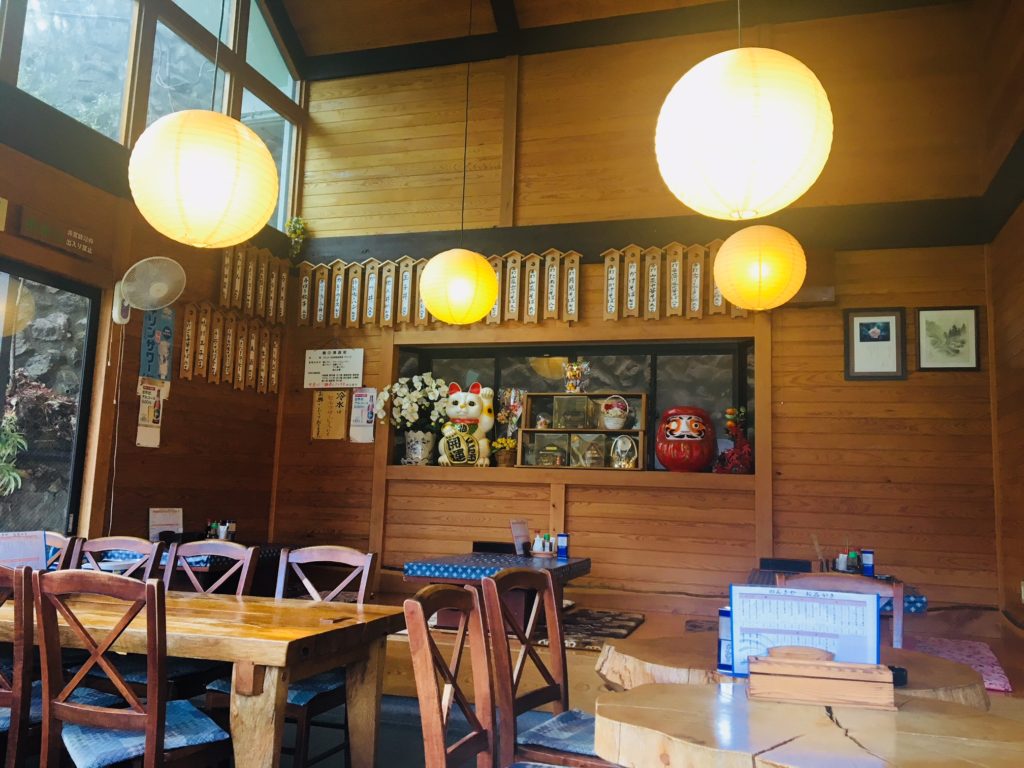
After letting us suffer for about ten minutes with this menu, the waitress walked over to a shelf and grabbed a menu that had pictures! Hallelujah! They were small, grainy pictures, but pictures nonetheless. She pointed to the top of each page, saying slowly “Gyoza. Ramen. Soba.” We ordered two of the same items from the soba page, and two from the gyoza page. I kept my fingers crossed that it’d turn out to be vegetarian across the board!
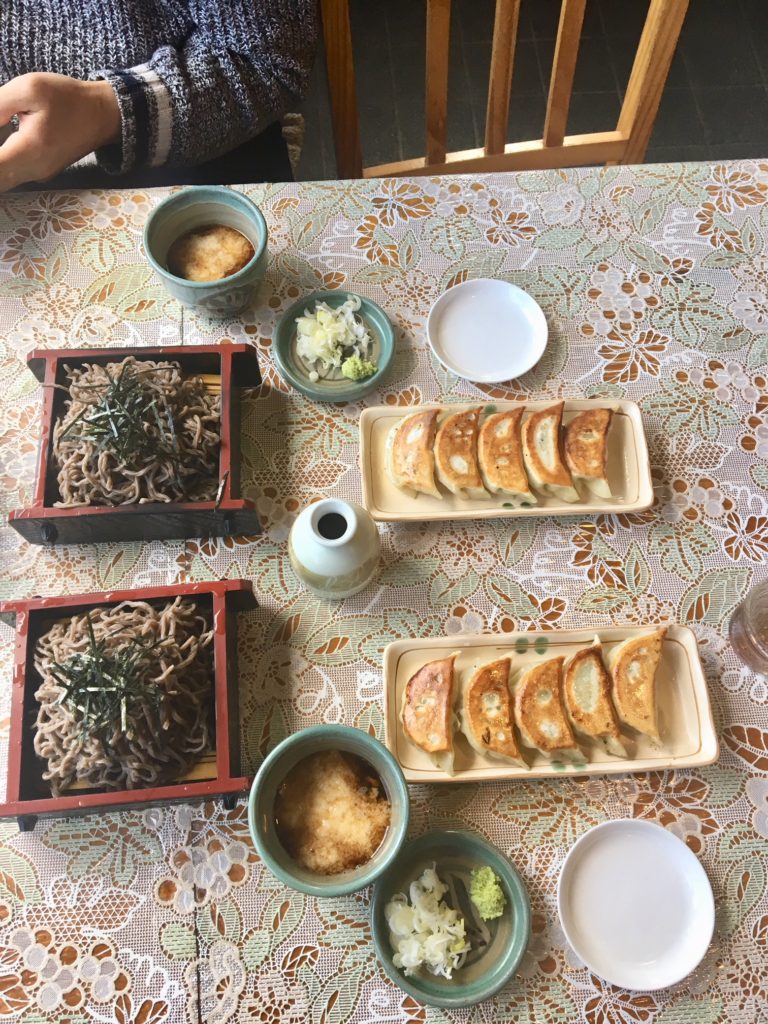
What a relief it was when she brought our food out and it all looked perfect! We did it! Who knew that ordering food could be so stressful!? Soba noodles are generally served cold with a dipping sauce, and this was no exception. The noodles were served on a sieve-like bamboo tray, and you eat them by picking up a few noodles at a time with your chopsticks and dipping them in the chilled sauce. Scallions and wasabi were provided on the side. Soba noodles are made of buckwheat and are so light and delicious! They seem so much healthier than their udon and ramen noodle counterparts.
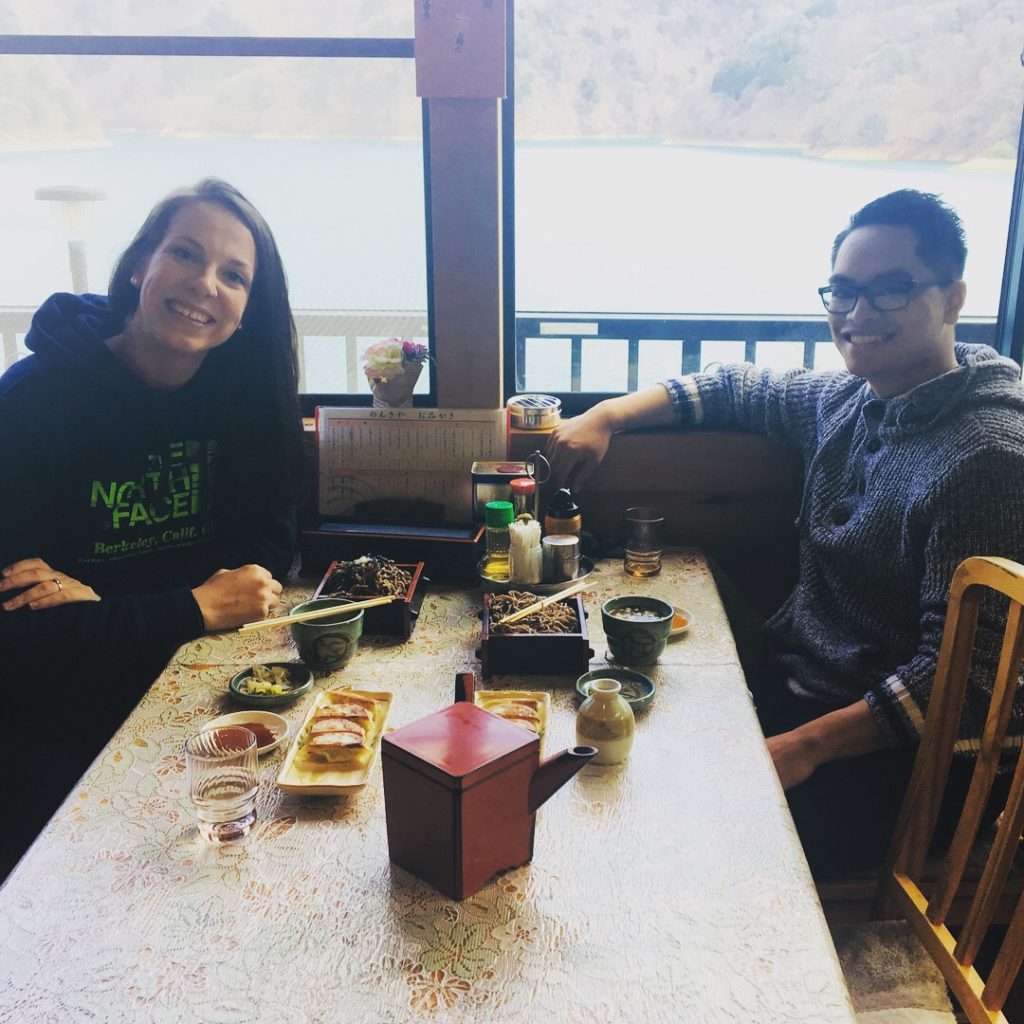
I always end up looking to K for guidance on eating authentic dishes and following proper Japanese etiquette, since he got to Japan a couple of months before me. However, sometimes neither of us is quite sure what to do. This happened when the waitress brought us what appeared to be a teapot. However, we only had plastic water glasses and nothing for hot drinks, so that couldn’t be right. It didn’t smell like tea either–more like soup broth. K mixed some of it in with his dipping sauce, and I steered clear of it for the time being. We later found out that it’s the broth the noodles are cooked in, which some people mix in with the remaining dipping sauce and then drink the mixture. Although ordering was a bit stressful, the food was amazing! We paid the bill and headed down the road in search of our next adventure.
We didn’t plan on stopping anywhere else, but ended up passing a farmers market soon after leaving the restaurant. We pulled off to the side of the road and moseyed along the row of stalls, not planning on buying anything.
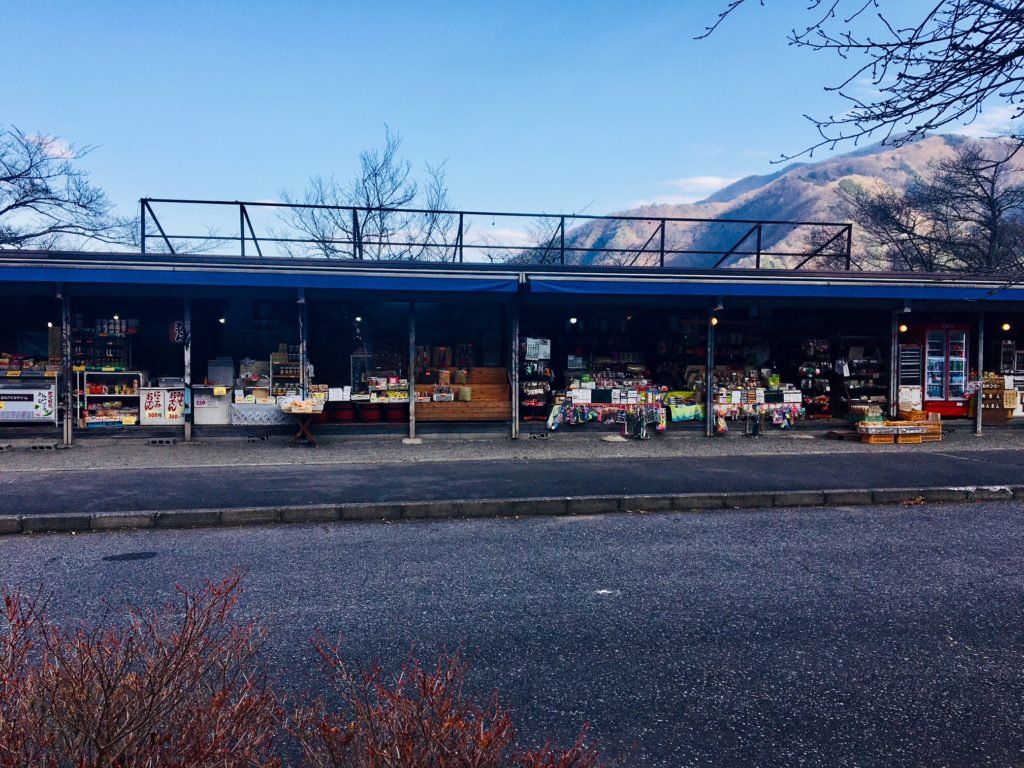
However, an old man behind one of the rows of food had a different plan for us. He started speaking to us in Japanese and then gestured towards a small sample plate of vanilla wafer cookies. We each politely took a sample and then shook our heads when he pointed at the price on the box. When we started to walk away, he again insisted that we try a sample of something else, reaching into a plastic bag with his chopsticks and pulling out a strange, green mixture of what seemed to be wet leaves. We held out our hands and ate this sample as well–it tasted like pickled seaweed maybe? He looked pleased with himself as we tasted it, and I told K,”Well, we have to buy something now!” He motioned towards the price on box and waited for us to make a decision. Yep, we had to buy something. K pulled out his wallet and we bowed to the old man as we exchanged yen for God knows what.
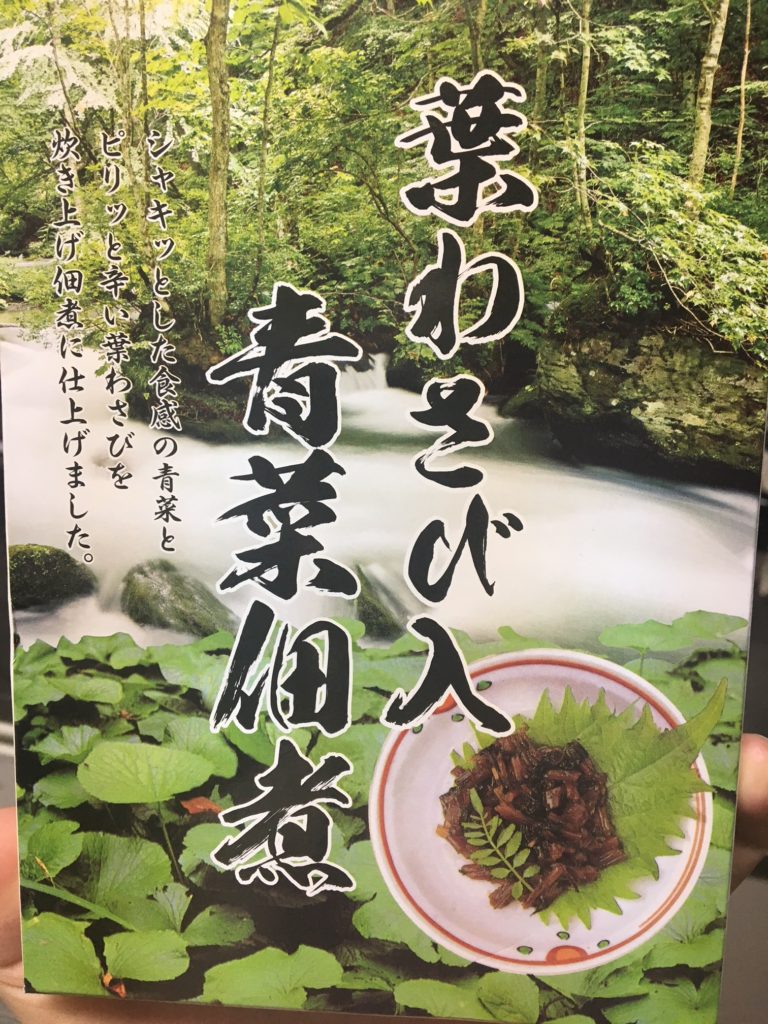
Per Google Translate’s rough translation, we figure that it’s pickled wasabi leaves. That man definitely hustled us–good salesmanship even without sharing the same language. It’s still sitting on our pantry shelf, our sole souvenir from our trip to the mountains.
We stopped at the bathrooms and just as I was washing up, I heard K call my name urgently. I ran out of the bathroom and he said “Look, monkeys!” We heard screeching close by and saw a group of small, brown monkeys scampering up the mountain!
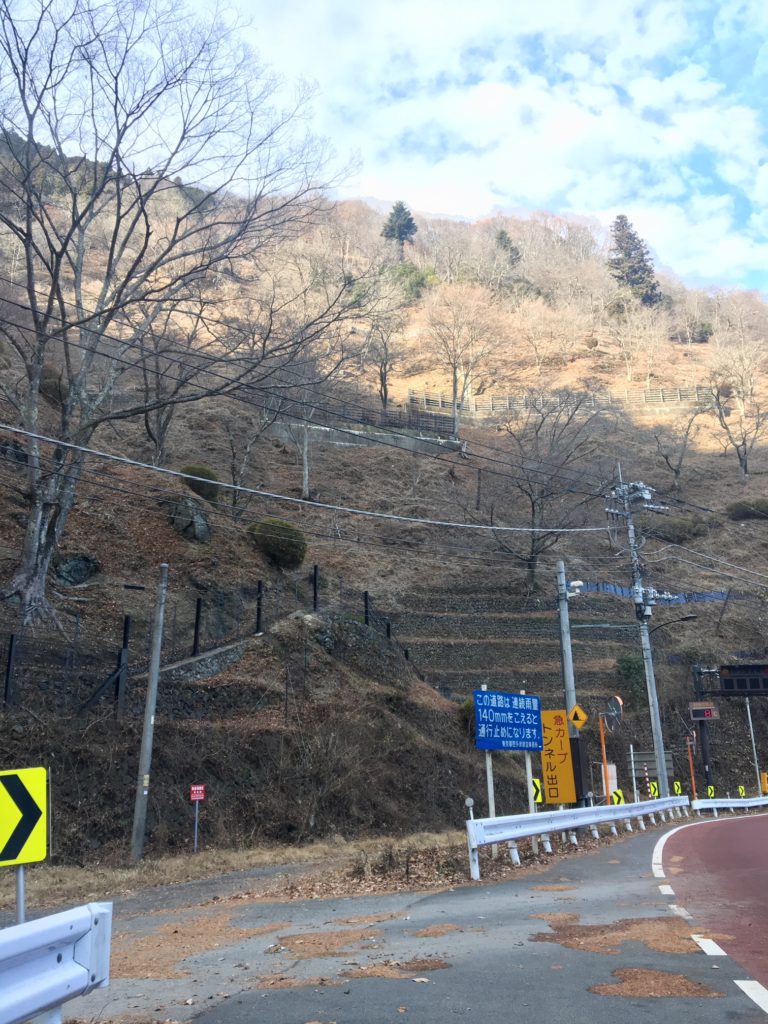
I knew there were wild monkeys in Japan, but I thought they were far away in the remote wilderness. Here we were, seeing them less than an hour from home! It was hard to see them looking up the hill, but we saw a loner sitting on the fence at the bottom and were able to get pretty close! 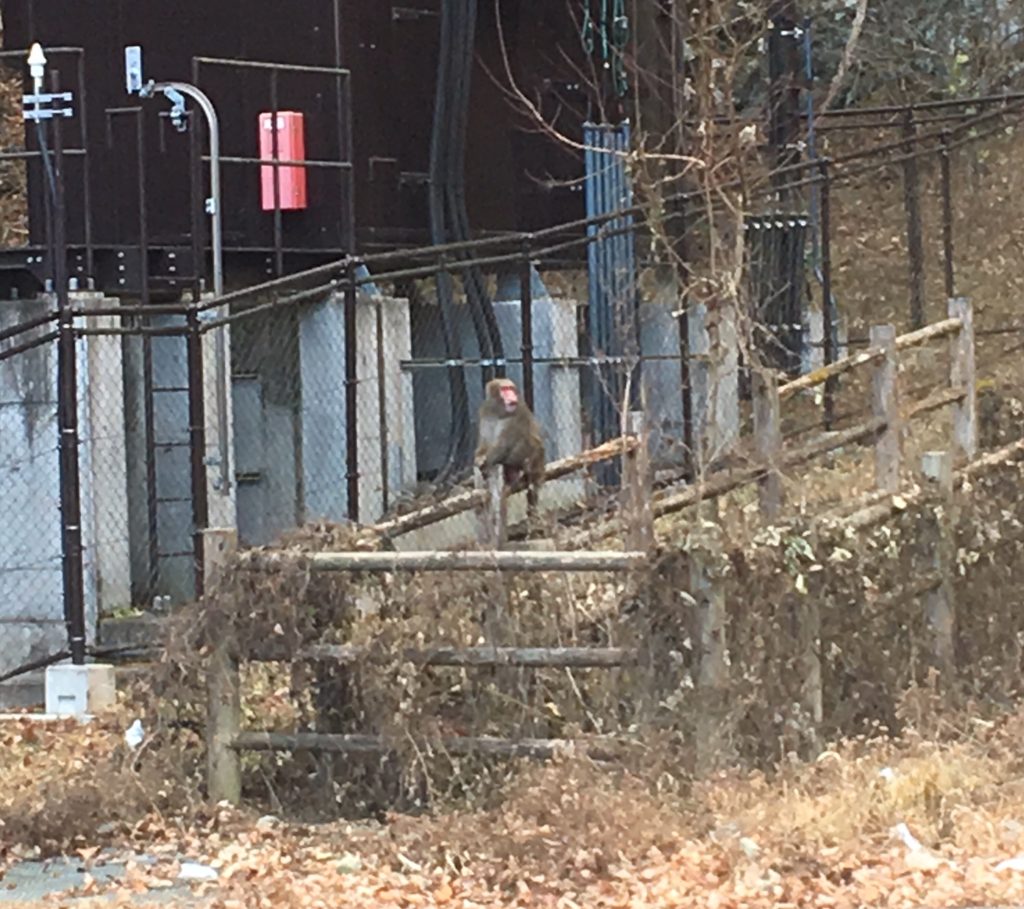
After a few minutes of monkey watching, it was time to head home. It seemed like we were worlds away from our homey little apartment, but it was a quick drive back. Living where we do really offers us the best of both worlds–just an hour into the city or an hour to the mountains. Satisfied with our day’s adventure, I laid in bed that night with my brain swimming with ideas for soba noodle recipes, plans to canoe down the Tama River on a summer day, and returning to feed the monkeys bananas.

